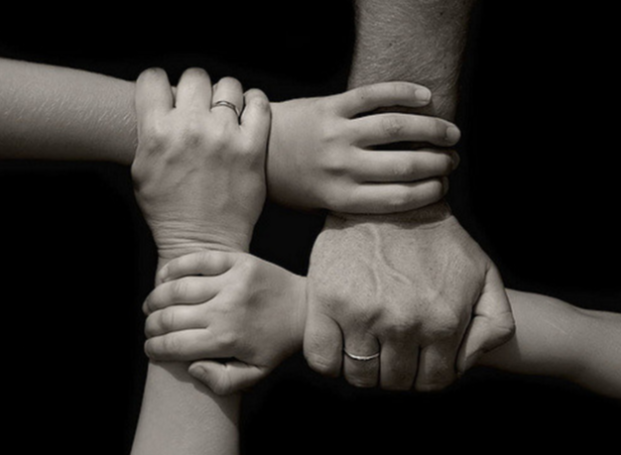What a valuable experience this summer has been! As a RI-CAN Learning Pioneer, I had the opportunity to envision the ideal teaching environment for our inner-city students in Providence. In doing so, I realized how much we’re already doing to personalize learning in my district—and what I feel we could do better to meet the needs of the “whole” child. My vision to do so is twofold:
First, I’d like to see a competency-based approach to education where we’re truly teaching to mastery instead of allowing students to pass from grade to grade without demonstrating full comprehension. This is especially important in the early grades where the foundation of a student’s learning is made. Secondly, I’d like to see this done in an environment that provides wrap-around services to support both the social and emotional needs of our children.
In Providence, many components of a competency-based approach are already in place. For example, with the Common Core, ongoing professional development has enabled teachers to gain a clear understanding of the standards and how we need to address them in our classrooms. Data walls, which allow us to track the growth of our learners, are ubiquitous in our schools, and educational supports are in place for students falling below grade level who need additional instruction during the differentiated instruction blocks in our schedules.
But within this process I’ve detected a flaw for those students, one I’ve witnessed with even my youngest students. By the end of the school year, some kindergarteners are still struggling to grasp grade-level concepts. Whether it’s because of poor attendance, lack of needed academic support from home, or any other cognitive or social-emotional delay, it’s clear they need more time to reach a level of proficiency.
Unfortunately, whether they’ve mastered the skills or not, they’re still promoted to first grade. Sure, they’ll receive additional help during a designated “differentiated” block (which is usually 60 minutes). But for so many, that just isn’t enough. It’s at this point that “the gap” begins. The same students who were already one grade level behind will continue to be promoted, even if they haven’t caught up, causing the gap to widen, and the process will continue until we end up with high schoolers struggling to read at even a primary level.
Because of this, it’s my belief that teaching to mastery is the key to success, especially for our early learners. Let’s firm up those foundational skills and give students the time they need to reach a level of proficiency. Research suggests that a child’s third-grade reading level determines their success in school and life, and my experience tends to back that up. Looking specifically at third-grade reading prowess, students who do not read on grade level by third grade are four times less likely to graduate high school on time. They are six times less likely if the student comes from a low-income family; and, even more jarring, a high school dropout is 63 times more likely to be incarcerated than that of college graduates.

Image source: Harpagornis~ via Flickr CC http://bit.ly/2cSaVYv
With the push to personalize learning for all students, we need to consider different approaches to teaching that are flexible enough to meet the needs of our learners. In researching these, I came across a “no grade level” approach where teachers would be working together for the good of all students by forming homogeneous groupings (across the grades) and promoting upon mastery. This approach—that is, one based on students demonstrating that they have learned the knowledge and skills they are expected to learn—would surely solidify their knowledge base and strengthen their learning going forward.
With so much focus on teaching to the standards, our students’ social and emotional development is frequently overlooked. Urban city students are often burdened by factors at home which prevent them from totally engaging at school. That’s why my vision would also include a supportive school environment: A “community school” approach with wrap-around services, prepared to address the sensitive needs of our learners.
Community schools focus on a partnership between the school and its community by integrating academics with youth development, family support, and social services. “The school emerges as a community hub, a one-stop center to meet diverse needs and to achieve the best possible outcomes for each child.”
So as the summer days wane and schools open their doors once again, we return to do what we can to best meet the individual needs of our students: meeting them at their level, giving them the opportunity to take ownership of their learning and flourish in a safe and nurturing environment…moving them closer to that perfect vision!
